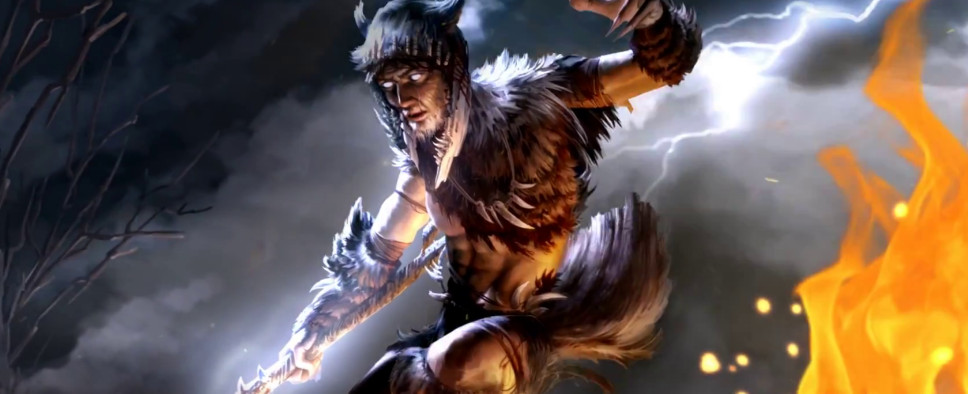The Elder Scrolls: Legends and Recovering from Disaster
-
Category: News ArchiveHits: 1329

Over the course of 2018 and early 2019 The Elder Scrolls: Legends switched developers, got a new client, and received a new expansion. Some of these changes were received better than others and with that in mind, this PC Gamer article takes a look at Bethesda's CCG in its current state and talks about its recent turn for the better. An excerpt:
Last year Sparkypants Studios took over the Elder Scrolls: Legends card game from its previous developer, Dire Wolf. Sparkypants' job was to make a new client, and that new client was not well-received. There were bugs, unpopular changes to the visuals and sound, the card layouts were criticized and so was the font choice—fans labelled it a rush job and were vocal about their dislike. But, by the end of the year, there had been a surprising change in sentiment. Many of the problems had been addressed and players began thanking Sparkypants for responding to their complaints.
And then earlier this year a new expansion called Isle of Madness was released. Legends' expansions alternate between the kind that you expect from a card game, ones that just add some new cards to tweak the meta and freshen up the state of play in ranked mode, and those that wrap a set of themed cards up in a singleplayer narrative campaign. This was the second kind, and its storyline was set in The Shivering Isles from the Oblivion expansion of the same name.
It's weird, but the card game has turned out to be better at giving me the kind of stories I want from an Elder Scrolls game than the MMO has, even though every encounter has to be abstracted onto a virtual tabletop—a fight against pirates in a storm has cards sliding from one lane into the other as the ship's deck tilts, protecting one of Morrowind's divine rulers becomes a one-turn puzzle with pre-set cards.

